Are aerial roots on succulents normal?
If you've had your succulent a while, you may eventually notice some aerial roots or air roots forming along the stem. While this isn't a major problem, it is a sign your succulent needs attention. Find out how to help it below.
I'm guessing you're here because you've found some roots growing from the stem of your succulent, right?
The good news is your succulent is going to be ok. It just needs some extra attention.
Succulents and Sunshine is reader supported. We may earn a commission, if you purchase through links on our site, such as Mountain Crest Gardens, Amazon, or Etsy. We only promote products we use and trust.
Before I get too far in, people frequently ask if aerial roots are a sign their succulent needs water. It can be, and I'll get to that in the post.
But to help you even further, start by downloading my free cheat sheet to see what it looks like when your succulents need more or less water. Click here to grab that that, it'll be super helpful.
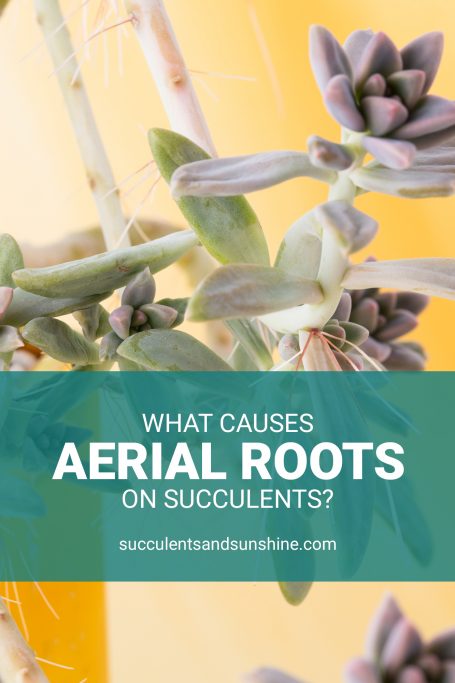
First off, it's probably helpful to know what aerial roots are. Basically, they are just roots that grow on the stem of your succulent rather than in the soil. They are usually pink or white.
What causes aerial roots to grow?
Generally aerial roots will form on a succulent that isn't getting enough water and often when it's in a humid environment. Succulents absorb water through their roots from the surrounding air.
That is why having a soil with large particles is really important for the health of your succulent.
If you aren't using the proper watering technique for your succulent, it may not be getting enough water and will start to “search” for more. This is when aerial roots start to form.
Your succulent is simply telling you it is thirsty and needs a deeper watering.
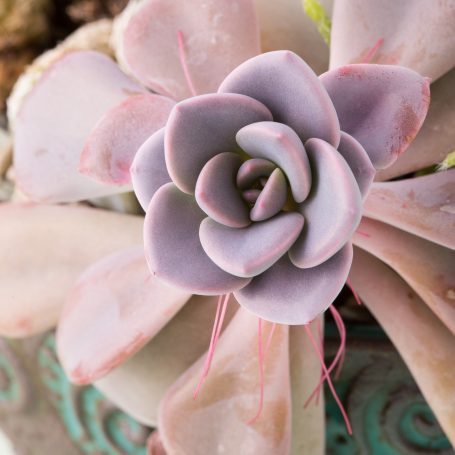
Notice how these Crassula rupestris are extremely dried up at the bottom and have put out a lot of new air roots.
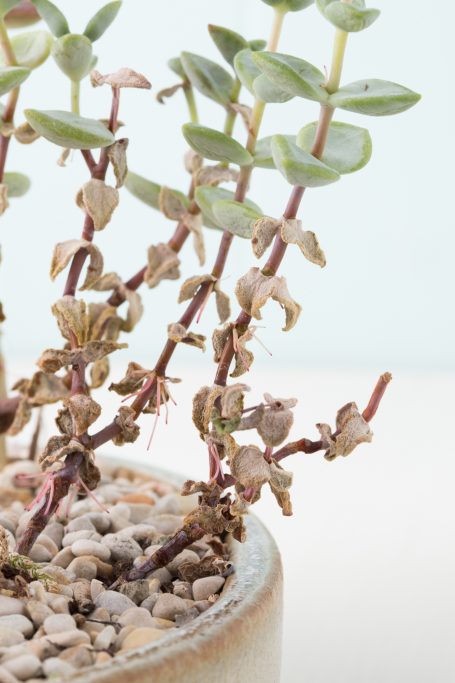
This plant is also very stretched out due to lack of sunlight. Lack of sunlight can sometimes cause a succulent to put out air roots.
While this isn't always the case, it is more likely for a succulent to send off aerial roots when it is starting to stretch out.
Do all succulents grow aerial roots?
Nope. It tends to be the succulents with a stem, such as Echeverias or tender Sedums. Generally you won't see aerial roots on Haworthias or Aloes.
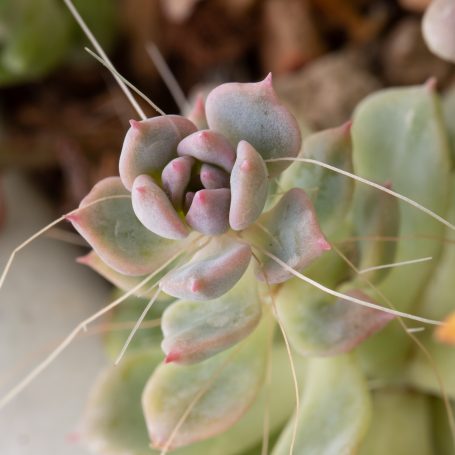
Also, if you are watering correctly, you likely won't see aerial roots at all.
You are more likely to encounter air roots with succulents that grow quickly and are in their active growing season. For example, this Graptoveria ‘Fred Ives' and Graptopetalum hybrid grow quite quickly and tend to stretch out easily if they don't get enough light.
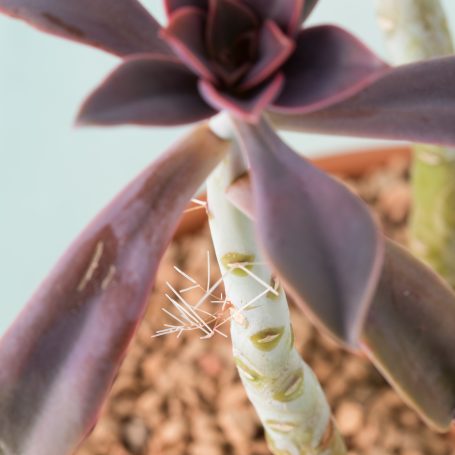
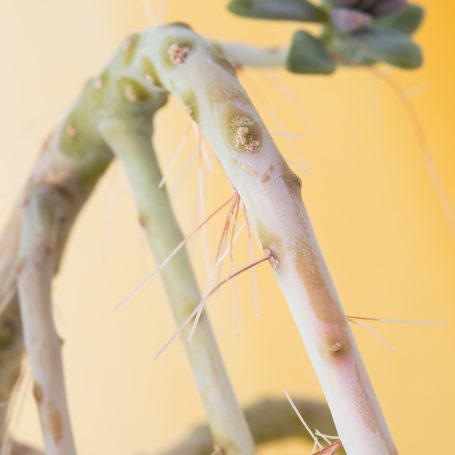
What should I do about the air roots?
You don't need to remove the roots, although you can if they are getting too unsightly. However, be sure to water your succulent more deeply (not necessarily more often) and make sure it is getting plenty of light.
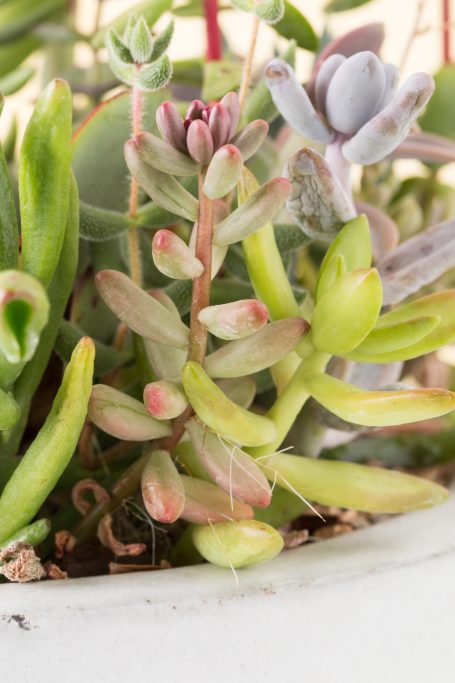
If you leave the roots attached, they may eventually harden or thicken and look like a small branch. This is normal.
While aerial roots aren't a huge problem, they are something you should be aware of so you know how to adjust the care of your succulent. This is an early warning sign that your succulent isn't as healthy as it could be.
And remember, if you haven't already, be sure to download my free cheat sheet to see what it looks like when your succulents need more or less water. Click here to get the cheat sheet.